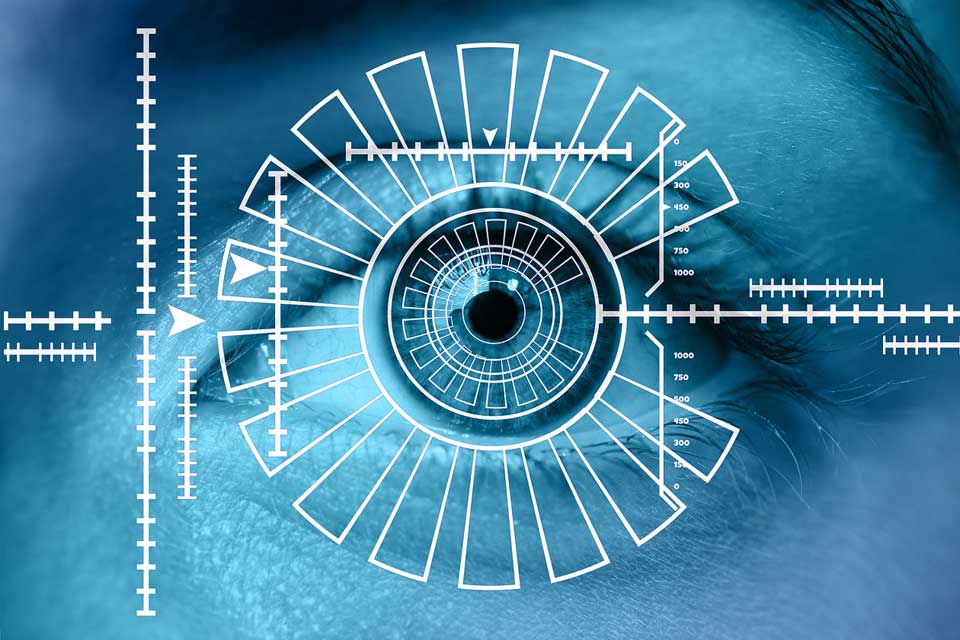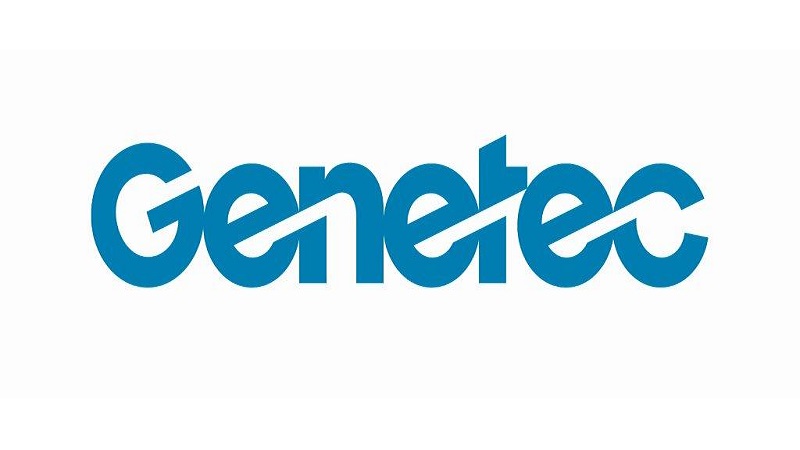2021 ‘refocuses priorities’ for physical security

The realities of COVID-19, and the subsequent shift to work at home, has emphasized the value of technology that can provide greater insight and control. That’s according to results from Genetec’s ‘Physical Security in EMEA 2021’ report, based on insights from over 1,500 physical security professionals. The report takes a closer look at how physical […]
Are these the key physical security trends for 2021?

Innovative applications of security technology, focus on privacy, growing cybersecurity concerns, hybrid cloud adoption, and increasing scrutiny into vendors are among Genetec’s top five predictions for the physical security industry in 2021… Innovative security solutions will help businesses thrive post pandemicWhile the world remains optimistic for 2021, organizations will need to remain creative about how […]
Guest Blog, Paul Dodds: Delivering security and privacy with video surveillance systems…

Paul Dodds is the country manager UK & Ireland at Genetec Inc. Paul has over 14 years security industry experience across installation, manufacturing and distribution. Having trained as an electronic engineer and installer, Paul has held senior positions with Xtralis, Honeywell and ESI With recent high profile cases in the media, it seems that the […]

